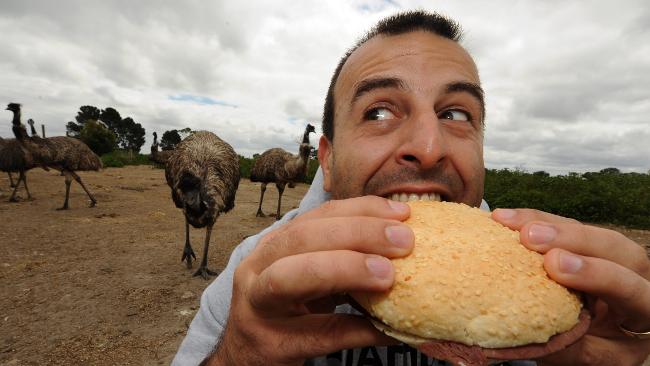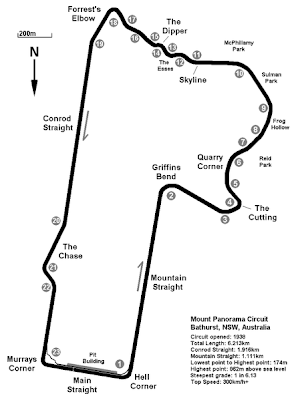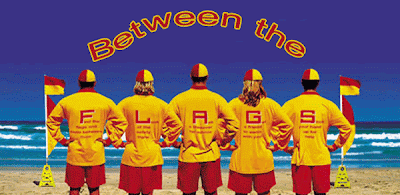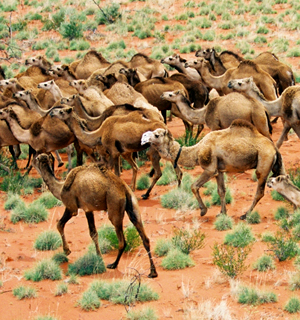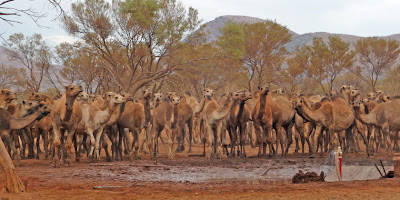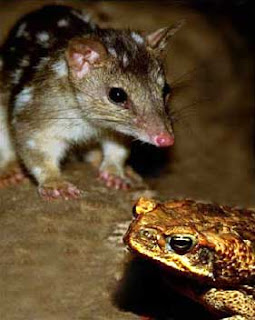Spearfishing at Buchanan island just off Bathurst Island
Just a 80 km flight from Darwin, Bathurst and Melville Islands (Tiwi Islands) are 8 000 sq km of dense rainforest and secluded waterfalls.
The Tiwi Islands lie to the north of Australia's Northern Territory, and are part of that jurisdiction.
Melville island is the second biggest island in Australia, after the state of Tasmania.
They are inhabited by the Tiwi people, as they have been since before European settlement in Australia.
The Tiwi are an Indigenous Australian people, culturally and linguistically distinct from those of Arnhem Land on the mainland just across the water. They number around 2500. In 2006 the total population of the islands was 2129, of whom 91.3% were Aboriginal.
Most residents speak Tiwi as their first language and English as a second language. Most of the population live in Nguiu on Bathurst Island, and Pirlangimpi (also known as Garden Point) and Milikapiti (also known as Snake Bay) on Melville Island. Nguiu has a population of nearly 1500, the other two centres around 450 each.
There are other smaller settlements, including Wurankuwu (Ranku) Community on western Bathurst Island.
Taracumbie Falls
The creation of Indigenous Australian art is an important part of Tiwi Island culture and its economy. There are three Indigenous art centres on the islands.
Australian rules football is the most popular sport on the Tiwi Islands, and was introduced in 1941 by missionary John Pye. There has been a Tiwi Islands Football League competition since 1969.
The Tiwi Islands Football League Grand Final is held in March each year and attracts up to 3,000 spectators. The Tiwi Australian Football League has 900 participants out of a community of about 2600, the highest football participation rate in Australia (35%).
Tiwi Land
Getting there
Tours
Visiting the Islands - The main tour company is Tiwi Tours which run several different tours Ph: 1800 183 630. A tour is probably the best way to see the islands and you don't have to worry about permits. In order to visit the Tiwi islands you require a permit. Permits are granted to people who have been invited for business or private purposes. The Tiwi Land Council will then issue your permit. If you wish to visit the islands as a tourist you need to apply through Tiwi Tours or the Tiwi Art Network.
Discover the Melville and Bathurst Islands, (Tiwi Islands) on this enticing four day tropical sailing journey. All accommodation is aboard the luxury 15 metre sailing catamaran ‘Sundancer NT’. There’s plenty of room for everyone to relax, unwind and get ready for the next day’s adventure.
